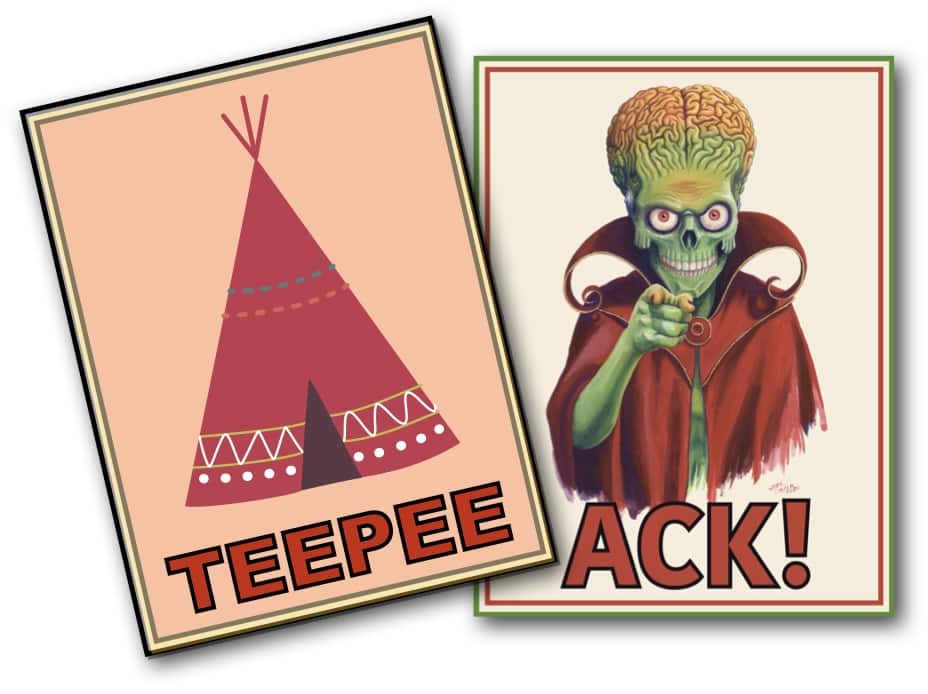Matt Koehler introduce me to the idea of edupunk. As this Chronicle story (Frustrated With Corporate Course-Management Systems, Some Professors Go ‘Edupunk’) says,
Edupunk seems to be a reaction against the rise of course-managements systems, which offer cookie-cutter tools that can make every course Web site look the same.
As with any neologism, there are as many meanings as there are users… here are some links if you want to learn more. First the post that introduced Edupunk to the world, and a couple more that attempt to explain its intricacies, here and here. [Note, this is not a comprehensive or even most important set of links on this topic, just what a few minutes with Google revealed to me.]
Now, the idea behind EduPunk, as Mike Caulfield describes it, “with its implication of technical accessibility, a DIY ethic, quick and dirty over grand design, and a suspicion of corporate appropriation” appeals to me a lot. It is something that Matt and I have been arguing and implementing for a while now, though of course we didn’t call it EduPunk. We often said that our course websites worked through a strange combination of “Duct Tape and Magic”.
In fact many years ago I wrote an essay for First Monday, titled “On becoming a website.” In this I think I articulated a skepticism of corporate sites such as Blackboard and Angel. Speaking of how corporate uniformity cramped me as a teacher, I wrote:
The main bottleneck preventing me from being “present” in the online classroom was this thing called the course Web site. The orthodoxy of online course Web design did not have much place for the instructor. Influenced no doubt by corporate discourse about standardization was the idea that Web sites needed to be consistent in look and feel. What this meant is that all online courses offered at my university (or at other universities for that matter) had to look the same. It didn’t matter whether it was a course on criminal justice or biomechanics. Imagine having all the professors in a university being clones of each other. How bland and stultifying that would be. Contrast this to the variation we have in courses today. In today’s universities, one would be hard pressed to find two professors who take identical approaches to teaching the same content. There is a great value in this variation in how each of us approaches our subject matter and our pedagogy. It offers students (as well as us) some insight into the many approaches there are to scholarship and teaching and to developing a personal relationship with subject matter. Isn’t that what teaching was all about?
As I thought about these matters I realized that no two classes I have ever taught were identical, even if I was covering the same content. I was even different in successive class meetings over the same semester. At a superficial level, I was different because I wore different clothes, cracked different jokes, interacted with students differently. However, at a deeper level, I was different because I came to class with a growing understanding of the content, and the group. However, this variation and richness was anathema to the standard instructional design model in online settings, dominated as they are by corporate discourse about standards and uniformity of experience. This uniformity is further reflected in the fact that the front pages of most online courses often remained unchanged over the period of the semester. This page usually had some introductory text, describing the course and the instructor, and irrespective of whether you were visiting the site for the first time or the fiftieth, this content stayed the same. It was as if you were given the introductory spiel every time you went to a class meeting. Imagine beginning each and every class with “Welcome to CRS568: Learning Technology by Design. I look forward to an exciting semester as we play and learn together.” Imagine how horribly boring that would be, ignoring the shared experience we were building up together.



I couldn’t agree more. There is far too much comfort and stagnation that accompanies a move to typical CMS. When I was allowed to take my staff into an edtech PD program, I was directly asked if I would be wanting Blackboard, e-companion, etc…
My immediate reaction was: thanks, but NO.
In the words of Clay Burrell, these systems serve to make the world of online learning terribly “schooly.” Meaning, that we move directly into a world where online learning and connecting immediately takes on a default mission of being the “latest way to turn in homework.” Ugh.
Instead, I decided to introduce my tech cohort of 20 (and next year the entire staff of 80) into the world of online learning networks via the Ning platform. Our little niche there is far more free-form than anything I have ever seen via mainstream CMS. For a hub that has only existed this school year, I think our work at: http://virtualsouthside.ning.com is encouraging… especially considering the baseline comfort with web technology by group started with. Wow. The more this post cases me to reflect on this past year, the more I am excited for next year.
I am also encouraged by my first attempts at this type of free, online learning network for a secondary classroom. (example- http://mwsu-bio101.ning.com ) For just diving in and feeling our way around, I think we have made big progress this year.
Love the post… love the topic. Thanks for posting.
😉
Sean
We were discussing the same issue with our e-learning course design team in Turkey. We were using learning objects with scorm standards and the result at the end was bunch of boring e-learning courses with flashcard looking learning objects. LO’s were supposed to be context-independent integrated into a standardized LMS. I think this frustration with corporate LMS or LCMS’s is also an issue in the e-learning industry. But I am not sure if “instructional designers” or companies are brave enough to be “edupunks”.
I couldn’t agree more! ~ punya
You articulate very well some of the reasons why I am a (provisional) edupunk. But it goes beyond course sites and CMS/LMS to a general resistance to standardizing and normalizing forces more generally that tend to squeeze the life and joy out of teaching and learning. Nicely written.